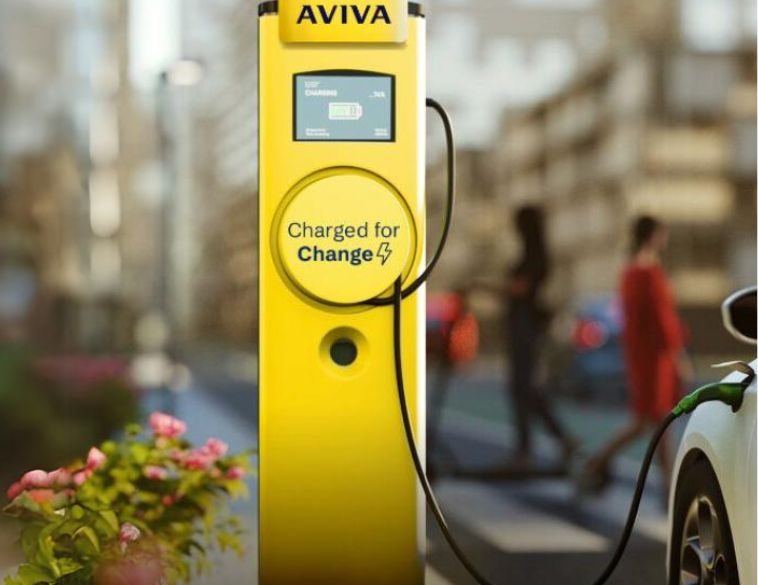Training service advisors to deliver a superior experience.
During the Great Recession of 2008-09, many dealers came to realize that the real profits and long-term growth for their businesses lay in fixed operations. New vehicle margins have continued to compress over the years and while used cars can be a great source of revenue, it is in the service department where consistency and transparency can really pay off.
The front line
When it comes to customers, service advisors are the ones on the frontline, being the face of the dealership and by extension, the OEM. Yet often, service advisors don’t get the training they need to truly excel in their roles, which creates friction and can lead to dissatisfaction and a loss of customers and revenue. Plus, in the age of social media, good reputations that have been hard to earn can easily and quickly be lost via a single negative experience.
Making matters more complicated is the current economic environment. Higher inflation and interest rates are forcing more consumers to tighten their wallets, meaning they’re less likely to purchase a new vehicle and more likely to hold onto their existing one. And with more people driving since the pandemic, that means more services and repairs are needed.
Furthermore, J.D. Power’s 2022 Canada Customer Service Index-Long-Term Study, revealed that while the frequency of automotive service visits and revenue increased overall during 2022, compared with 2021, dealerships saw bigger gains than aftermarket shops when it came to frequency of visits.
Significant opportunity
This growth in frequency provides a significant opportunity for dealers to ensure their service advisors are optimally trained to meet the needs of customers, enabling them to create confidence in the service experience. Doing so effectively often translates into repeat and referral business, which, ultimately leads to long-term loyalty and profitability.
Nevertheless, there are a few things to consider. Jake Stacey, Executive Vice President of Sales & Training at LGM Financial Services, notes that in order to do so, service advisors need to understand the needs of their customers and also how to talk to them. An effective way of doing this she says, is for dealers to create a customer assessment worksheet for each client during the sales process.
Additionally, having a liaison or coordinator between the sales and service departments helps ensure that the first time that customer comes in for service, such as changing their winter tires for all seasons, the service advisor fully understands how the sales process went in the business office during the purchase, which maintenance and protection products the customer purchased and what their driving habits are.
Seamless transition

The objective, says Stacey, is ensuring a seamless transition from sales to service. This can also include a service advisor referral from the salesperson or brand specialist who sold the customer the vehicle. “Three weeks, post-purchase, you should really be following up with that customer,” explains Stacey, “making that post-delivery follow-up and then transferring that customer to fixed ops.” She notes that even today, such practices aren’t followed enough and in a post-COVID era where customers expect more, it needs to happen.
Brent Ravelle, President of the Ravelle Group of Companies, which owns multiple automotive retail locations including Listowel Chrysler and Listowel Ford, says that for service advisors to thrive in their role at the dealership, they need the right work environment. “We all know that in many cases, automotive service is a grudge purchase, which by its nature can lead to stress and friction if not properly executed,” he says. “Therefore, if we can create a pleasant work environment, where we have good processes in place and where communication is clear and transparent, it can make a huge difference.”
Ravelle notes that once that environment and those processes have been established, the dealership is then able to really elevate the customer experience.
Process training
At LGM, Jake Stacey notes that another issue that often negatively impacts fixed ops and can lead to friction is that service advisors aren’t properly trained when it comes to customer experience processes at the dealership. “If your service advisors don’t understand the protection and warranty products that customers are offered and purchase, and how for example, a factory warranty dovetails into an extended maintenance plan, that can cause issues.” This is of particular importance in the present day, where rate pressures are causing more consumers to take out longer loan terms, meaning that if they’re financing the vehicle for six or seven years and the warranty runs out after three or four, that leaves a significant gap where the customer can be faced with large repair and maintenance bills, because the advisor and the warranty coverage are too far apart. As a result, the customer either defers the work or leaves the dealership, resulting in lost revenue opportunity and potentially a disastrous situation if the vehicle breaks down and needs major repairs, tarnishing the dealer’s reputation in the process.
Yet such situations can be easily avoided and again, it goes back to effective training, product knowledge and communication. Dealers can also leverage the power of digital solutions to help build rapport with their service customers, not only from traditional CRM functions such as email and text follow-up but also by video assets, including instructional videos which service advisors can leverage, provided they’re properly trained to do so. “Everywhere we go today we see video, whether it’s YouTube, Facebook or Instagram,” says Brent Ravelle. He notes that such inspection videos, that show the condition of the brakes, tires, fluids etc. and can be quickly sent by messenger or text, often pay huge dividends. They allow the customer to make an informed decision regarding maintenance, they speed up the process of the service or repair work, and ultimately, they cement the relationship between service advisor and customer, boosting the dealership’s reputation and revenue.



